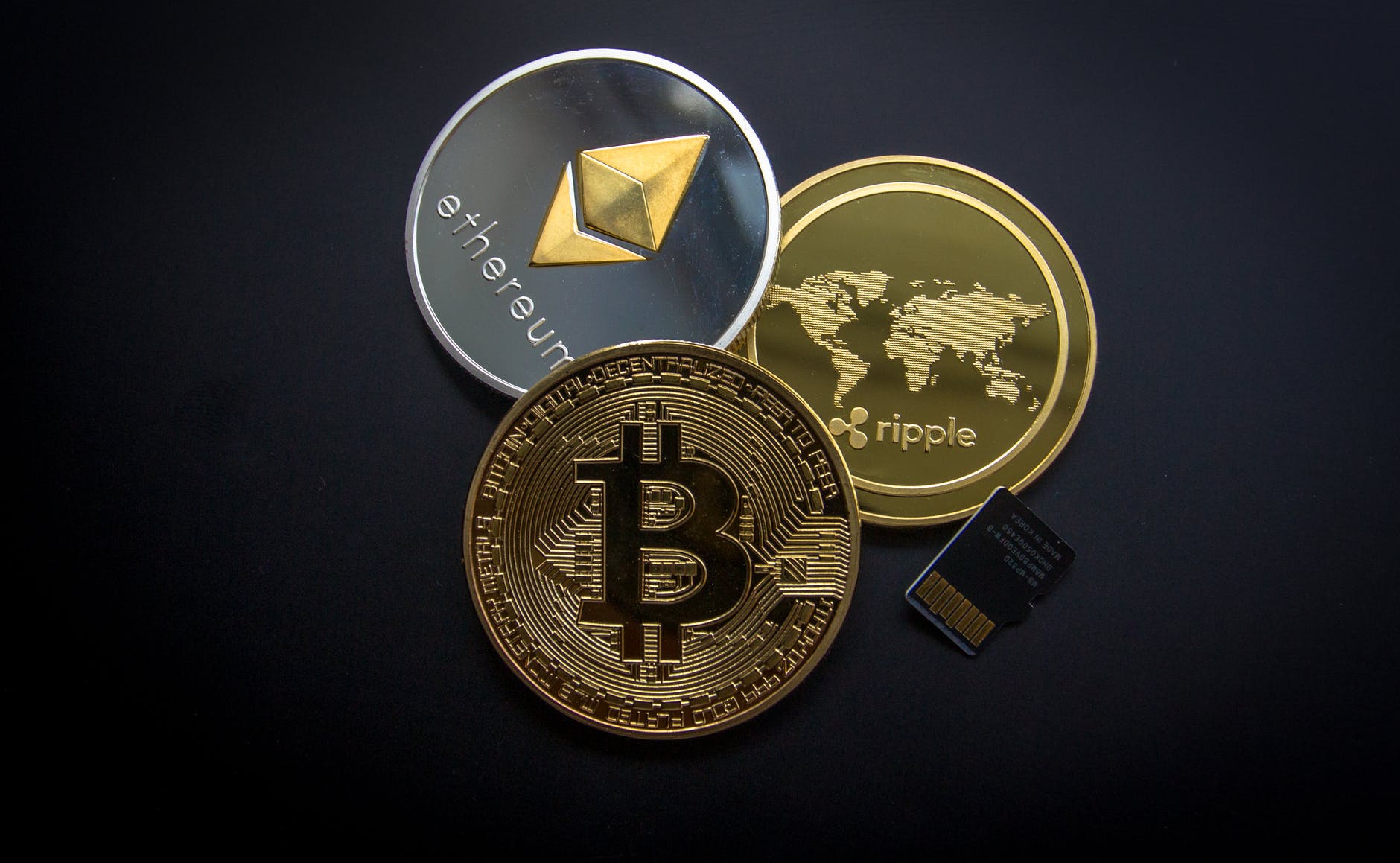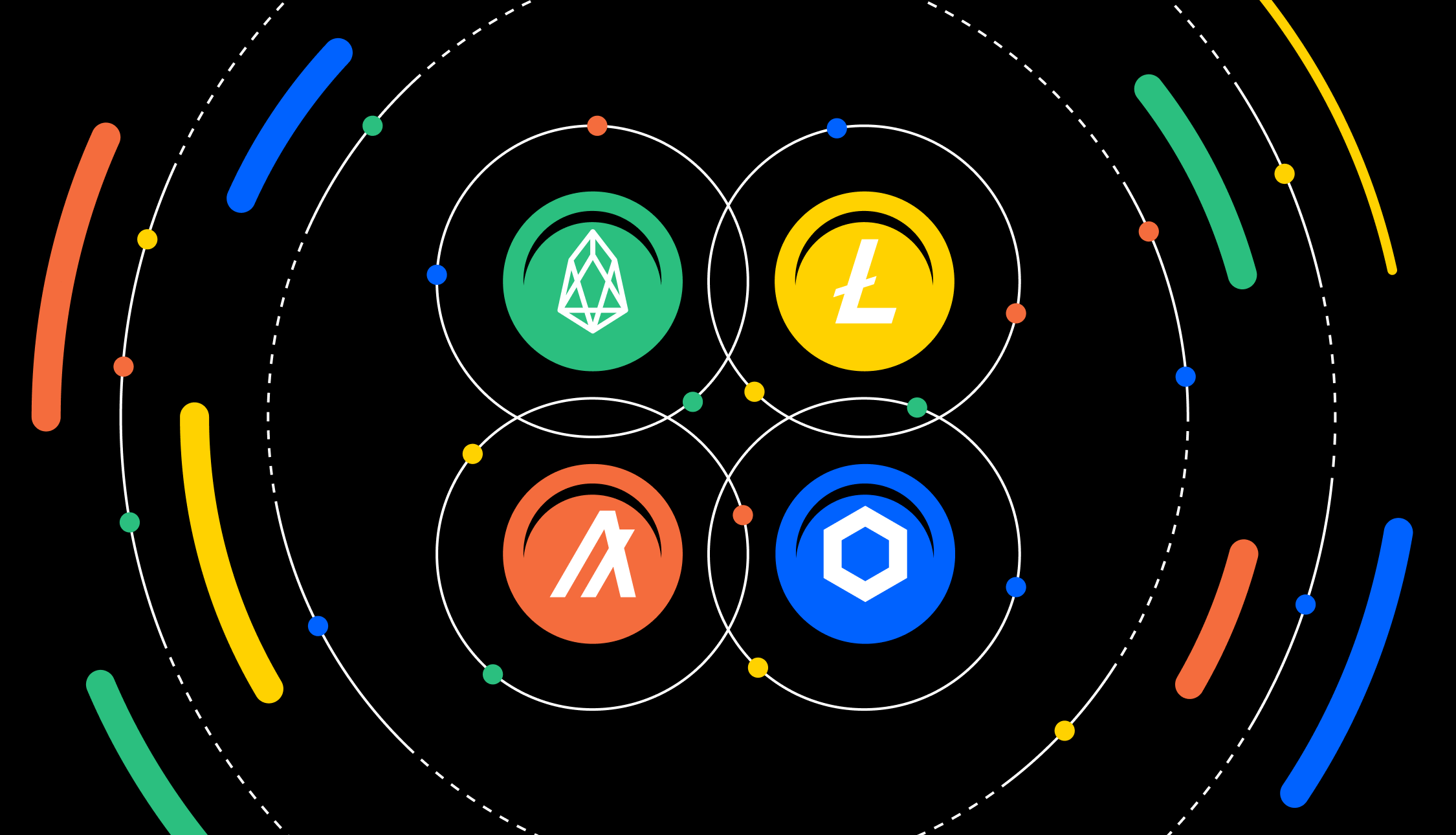The distinction is simple to comprehend. Simply said, Bitcoin was the first cryptocurrency, and altcoins refer to all other cryptocurrencies that have since been developed. Bitcoin's competitors are referred to as altcoins, whereas Bitcoin stands for, well, Bitcoin.
Bitcoin is the first cryptocurrency.
Bitcoin was created in 2009 when its developer, Satoshi Nakamoto, a pseudonym, introduced the idea of a decentralized digital money. Since then, it has become the industry standard for cryptocurrencies that preserve a ledger of all transactions via peer-to-peer networks.
The Blockchain is a peer-to-peer network that serves as the fundamental underpinning for all cryptocurrencies. The Blockchain is a database that stores cryptographic data. The records in this database are decentralized and not controlled by a third entity, which makes it unique. When one 'block' of data has been filled, the system moves on to the next. This means that there is a clear history of transactions that cannot be altered, ensuring the security of user data and investments.
Since the introduction of Bitcoin, several coins have been created to follow in the footsteps of their inventor.
The competitors: Altcoins
As previously stated, altcoins are any cryptocurrency that is not Bitcoin. According to statista, there are about 10,300 altcoins in circulation worldwide. These include everything from micro coins that are barely getting started to funny coins like Dogecoin. Dogecoin was created to mock cryptocurrency users, but it quickly grew into its own beast. It had almost no value until it was adopted by Reddit, after which it saw a tenfold surge in value.
Another example is Ethereum, which is frequently used to buy and trade NFTs. NFT stands for "non-fungible token," and it can hold any digital content, such as artwork, animated GIFs, songs, or video game goods. It is non-fungible, which means it is unique. Fungible, on the other hand, has Bitcoin as an example. It is possible to exchange one bitcoin for another because they are identical. NFTs, on the other hand, are not all the same.
What are the commonalities between the various coins?
All crypto coins have one thing in common: they are all bad for the environment. Bitcoin consumed as much energy as the whole country of Angola in 2017, and given the amount of time since then, this footprint can only grow.
For example, according to The New York Times, the production of an average NFT emits "over 200 kilograms of planet-warming carbon, equivalent to driving 500 miles in a typical American gasoline-powered car." As the world becomes more sustainable, efforts will be made to make cryptocurrencies more sustainable as well.
===
Images are Credited to Google Image search










0 Comments